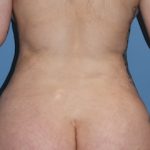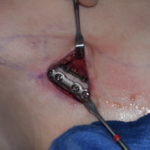Technical Strategies – Antibiotic Wells in Preventing Facial Implant Infections
Infection in any type of facial implant is always a risk. Traditional method of prevention include Iv antibiotics during surgery, pocket and implant antibiotic irrigateons during surgery as well as oral antibiotics after surgery. This approach keeps the risk of infection in facial implants fairly low in the 1% to 2% range on average. But Read More…


